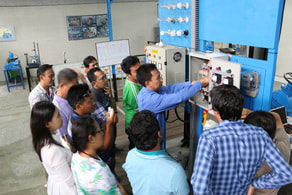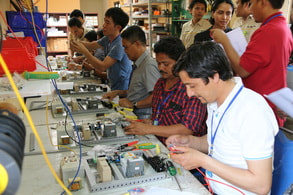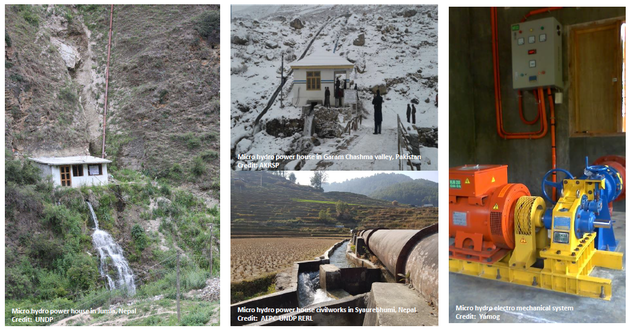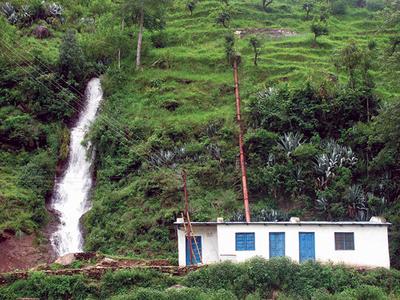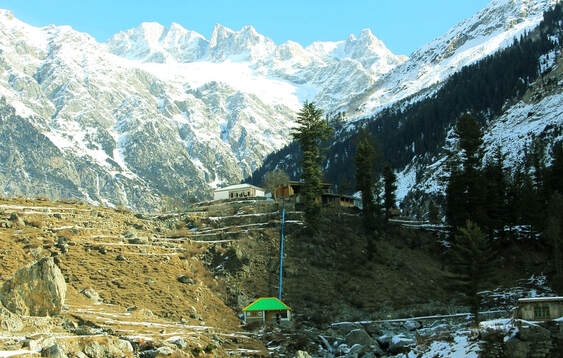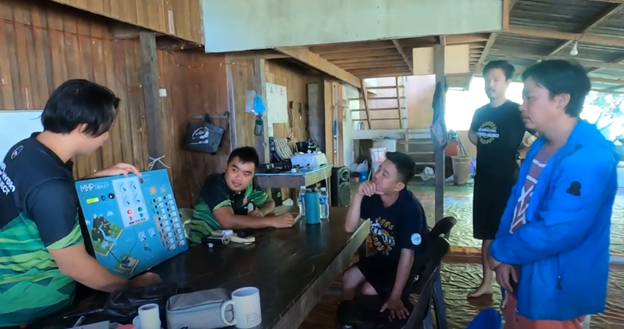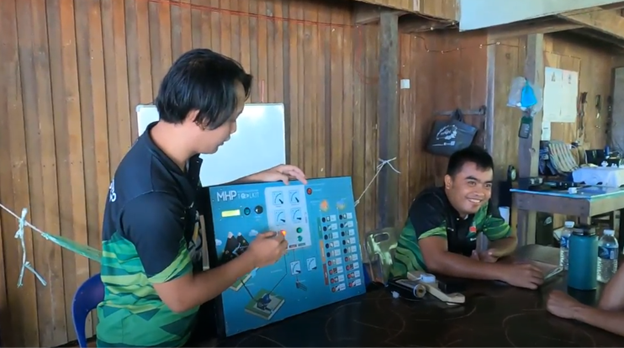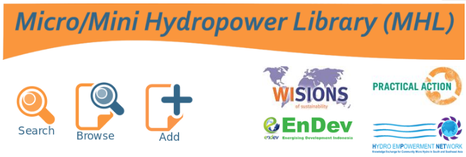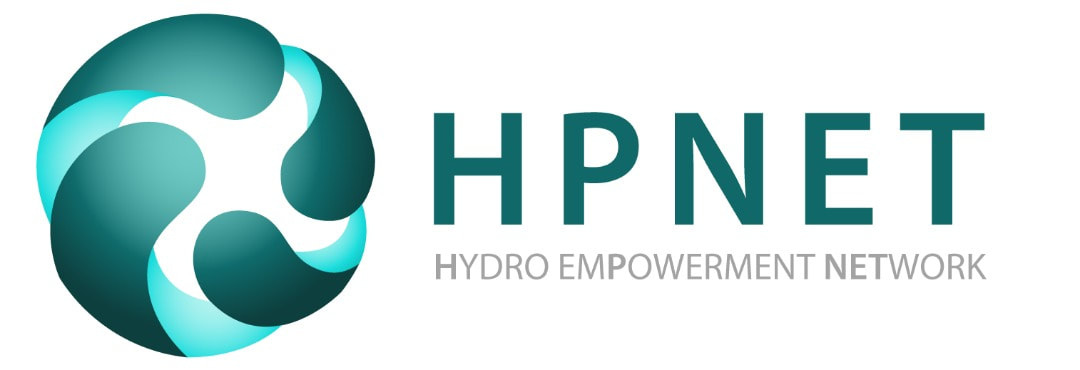To help demystify ELCs and ease the equipment selection process, our Controllers and Load Management Work Stream has developed an easy-to-follow factsheet. This “Basics of Electronic Load Controllers (ELCs)" tool provides a useful background on electronic, automatic and manual flow control, with pointers on their relative cost and suitability in different contexts. Specific types of ELC designs are further illuminated, as well as ballast/dump load types and control methods, commissioning checks, and useful questions to ask of suppliers.
Check out the “Basics of Electronic Load Controllers (ELCs)" at this link.
We extend our thanks to Work Stream contributors Ajith Kumara, Bob Matthews, Dan Frydman, Jiwan Kumar Mallik and Rams Vaidhyanathan.
For more useful tools, check out our Micro Hydro Toolkit for Practitioners, which includes a DIY ELC Simulation Tool designed to help train local operators!
